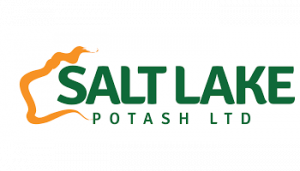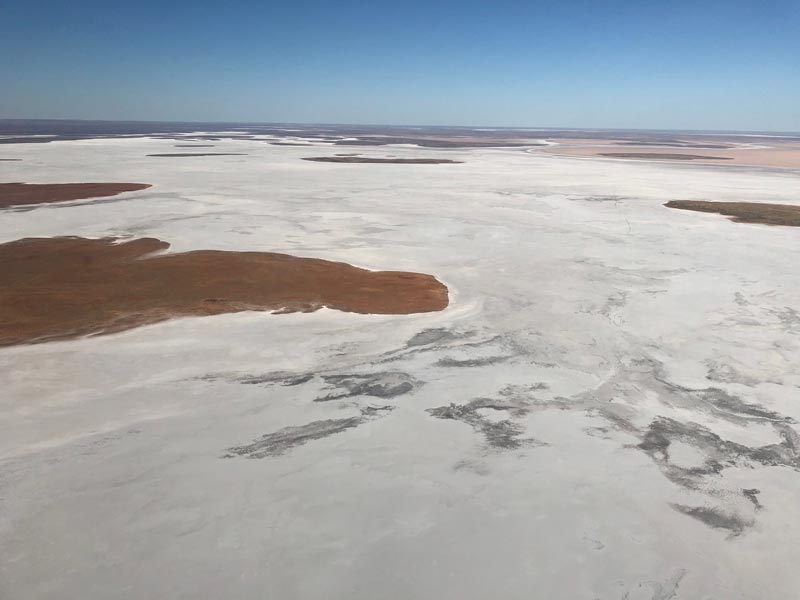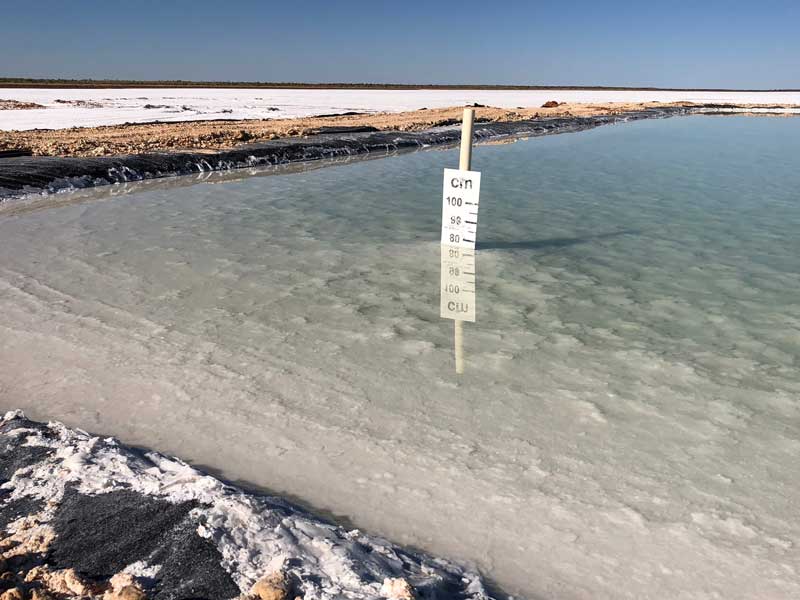 The Pilbara region of Western Australia is best known for iron ore — and in more recent times goldand lithium.
The Pilbara region of Western Australia is best known for iron ore — and in more recent times goldand lithium.
But a group of pioneering ASX companies reckon it also has the potential to be a major hub for potash — a mineral salt that’s critical in plant, animal and human life.
There are some 30 ASX-listed companies active in potash, but it is not a well-understood industry.
Over the past year, 16 of 28 potash-related stocks tracked by Stockhead have made gains of 4 per cent to 263 per cent.
Potash comes from salts that contain potassium in water soluble form. It is used as a fertiliser.
There are two commonly used fertilisers – muriate of potash (MOP) and sulphate of potash (SOP).
MOP is the most common (around 90 per cent of the world’s potash) and is used on a variety of crops. However, the more chloride-sensitive crops like avocados, coffee beans and cocoa require SOP – which fetches $US270 per tonne more than MOP.
The global potash market is estimated to be around 75 million tonnes.
Demand is set to increase as the global population grows to around 8 billion by 2023.
Greg Cochran, the boss of Pilbara potash explorer Reward Minerals (ASX:RWD) told Stockhead an extra 100,000 to 150,000 tonnes of potash will be required each year.
Right now Australia imports all its potash from Canada, the Middle East and Europe. Australia’s MOP and SOP consumption is around 250,000 tonnes each year.
China and big plantation-focused countries in southeast Asia – like Malaysia and Indonesia – are expected to be the key contributors to demand growth.
The potash market is perhaps one of the most stable compared to other commodities, with the price difference between MOP and SOP remaining close to $US270 per tonne for the past three years.
Pilbara could rival world’s largest potash exporter

Reward believes the Pilbara could become the next Saskatchewan – a region in Canada that is currently the world’s largest exporter of potash.
Canada produced 12 million tonnes of potash last year and the bulk of that came from Saskatchewan.
Mr Cochran said director Michael Ruane saw the potential of the Pilbara early on.
“Mick saw it first, where he said: ‘this has the potential to be the next Saskatchewan’,” Mr Cochran said.
“That’s the potash potential of this broader region in which we operate up here [the Pilbara], and with the climatic conditions it’s ideal and it’s a lot closer than Saskatchewan is to Vancouver.”
Saskatchewan is nearly 1700km from Vancouver.
By comparison, Reward’s Lake Disappointment project is less than 900km from Port Hedland – which is where the company is planning to ship its SOP product from.
“I’m not talking just about Lake Disappointment, but other projects further inland, and we’ve got some really good insights into the geological potential that we as a company have learnt over the last 12 years,” Mr Cochran said.
“In fact, when we talk to government ministers that’s part of the conversation. There’s a dream there, this vision is big.”
A recent pre-feasibility study indicated Reward’s Lake Disappointment project will produce 9 million tonnes of SOP over a 27-year life.

Reward says it will be one of the world’s largest and longest-life brine SOP projects.
The who’s who of potash
Australia does not currently produce any of its own potash, but the bulk of the production will eventually come from WA.
Kalium Lakes (ASX:KLL) this week announced it has increased the measured and indicated resources for its flagship Beyondie SOP project in WA by 150 per cent.
This is expected to translate into a “substantial increase” in ore reserves, which is also due for an update this month, managing director Brett Hazelden told investors earlier this week.
Kalium’s share price has jumped 31 per cent to 46.5c since this time last year.
The Beyondie project currently has enough in reserves to mine 75,000 tonnes each year for more than 23 years.
Kalium is the closest to production, having already been granted the necessary mining licence and received approval for its mining proposal and mine closure plan.
The company expects to be able to start early construction works this year.
Kalium is also in a joint venture with BCI Minerals (ASX:BCI) on the Carnegie potash project, which is located about 220km east-north-east of Wiluna.
BCI diversified into salt, SOP and gold following the steep drop in iron ore price.
The company, which was once known as BC Iron, has witnessed a 15.6 per cent drop in its share price over the past year and is trading around 13.5c.
BCI is now selling off its Pilbara iron ore projects after it sunk to a $16.9 million loss in FY18.
The company can earn up to a 50 per cent interest in the Carnegie project by sole-funding exploration and development expenditure across several stages.
The Carnegie project lies directly north of Salt Lake Potash’s (ASX:SO4) Lake Wells project and Australian Potash’s (ASX:APC) project, which is also named Lake Wells.
Salt Lake also has another project near Wiluna called Lake Way.
Link here for full Stockhead article
